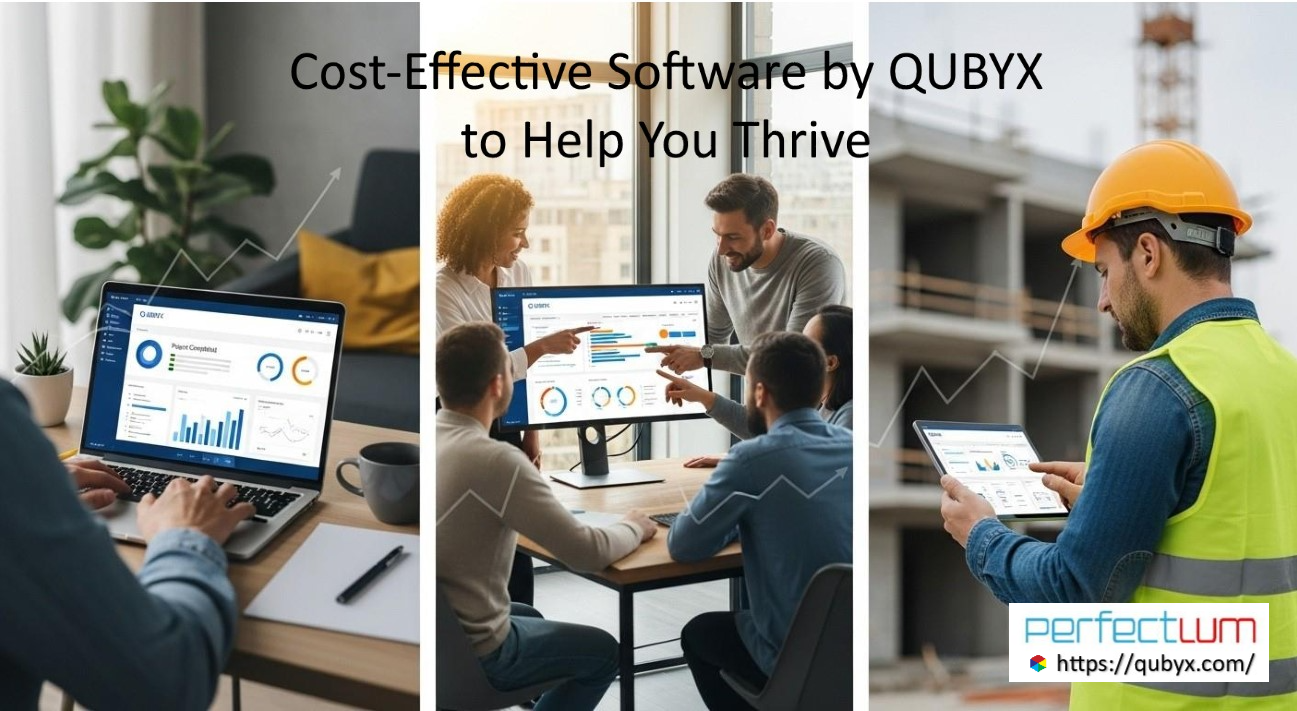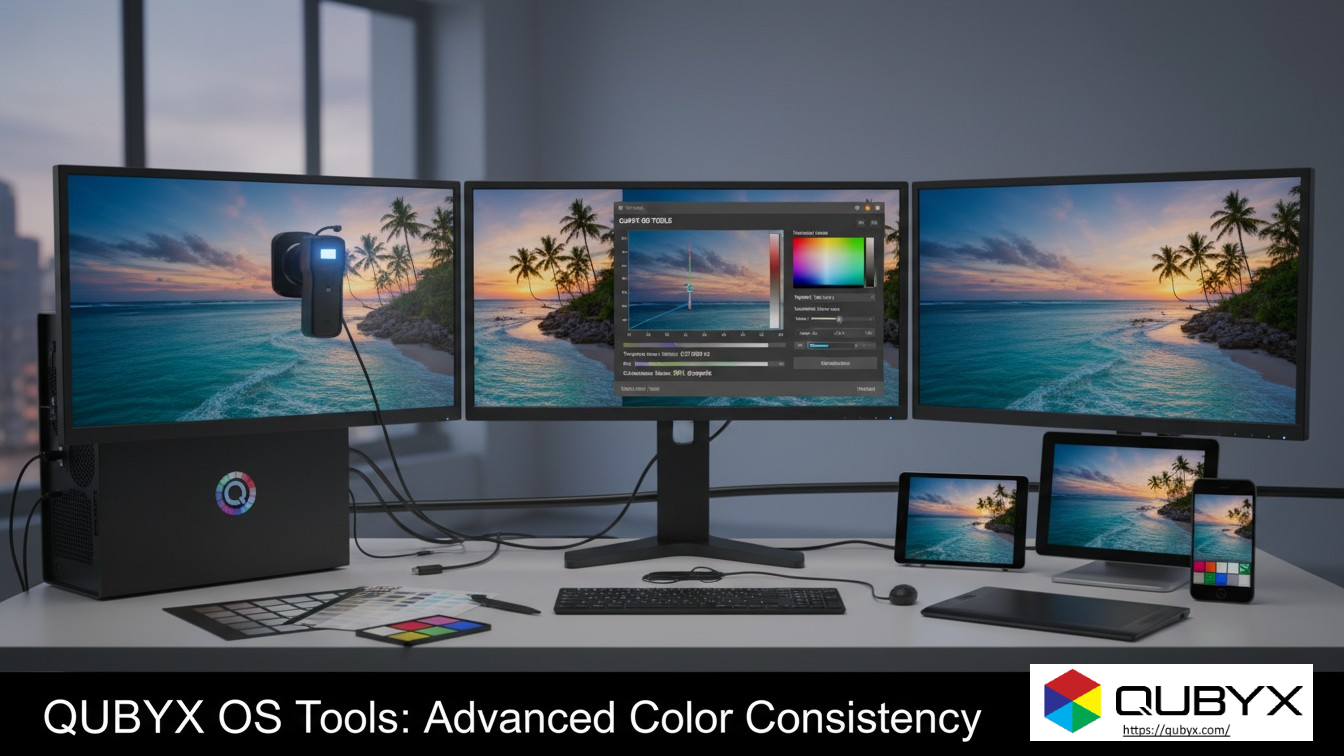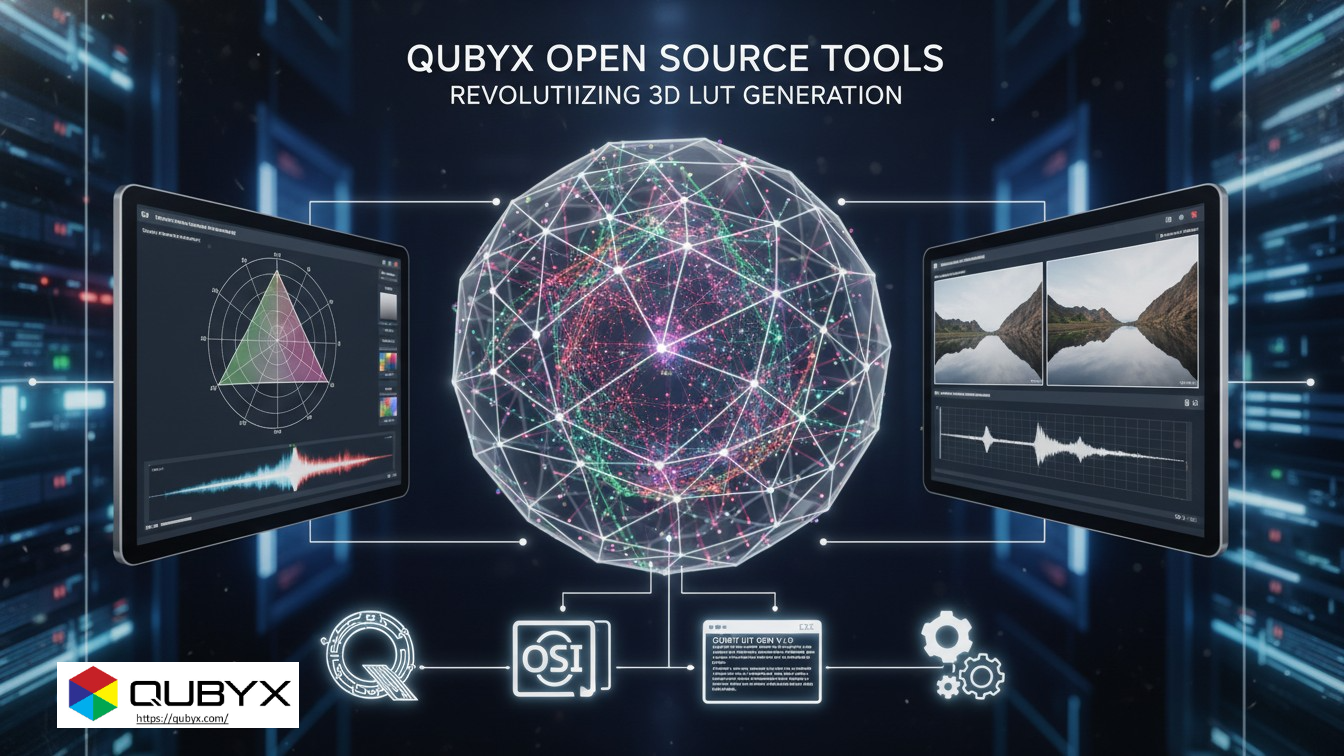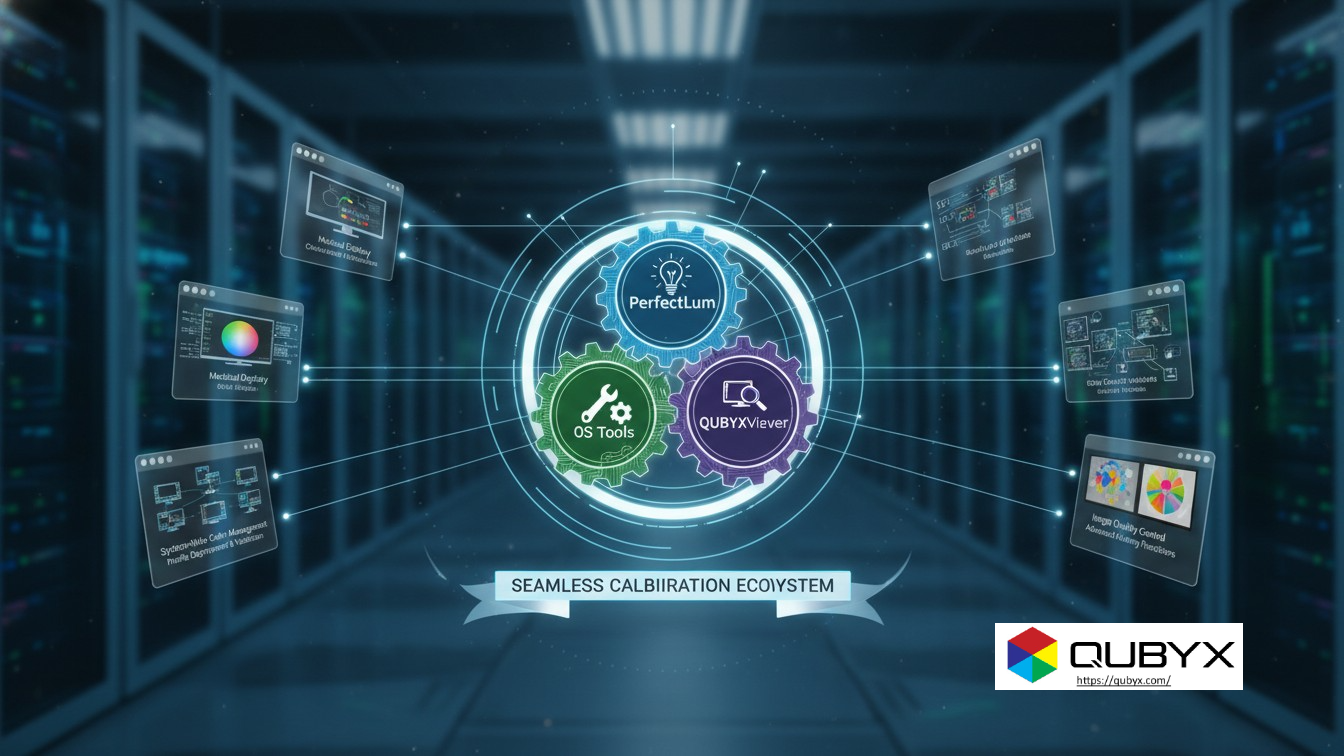News
- Home
- QUBYX Cost-Effective Software to Help You Thrive

QUBYX Cost-Effective Software to Help You Thrive
- October 25, 2025
- Shamsul
Cost-Effective Software by QUBYX to Help You Thrive
Executive summary
If your organization is under pressure to do more with less, “software-first” is the smartest way to upgrade quality, compliance, and efficiency without ballooning CapEx. QUBYX focuses on vendor-neutral, standards-aligned software that replaces or minimizes expensive, proprietary hardware—so you improve outcomes now and keep options open later. This post outlines how QUBYX solutions help you cut costs, de-risk operations, and scale across teams and sites.
Why software-first beats hardware-heavy
-
Lower total cost of ownership (TCO): Software deploys fleet-wide with minimal incremental cost; updates compound value without new hardware.
-
Vendor independence: Avoid lock-in to a single device ecosystem; integrate with what you already own.
-
Faster time-to-value: Roll out in days, not quarters; validate benefits with quick pilots.
-
Measurable quality: Built-in QA tools and reporting make compliance and executive reporting straightforward.
What makes QUBYX different
-
Standards aligned: Designed around industry standards (e.g., DICOM grayscale behavior, ICC color workflows) to ensure consistency across multi-vendor fleets.
-
Cross-industry fit: From hospitals to automotive, defense, geospatial, photography, and media—QUBYX tools adapt to your domain.
-
Open and extensible: Pair commercial software with open-source utilities where it makes sense to reduce costs and increase flexibility.
-
Operational clarity: Dashboards, automated checks, and audit-ready reports keep teams focused on outcomes, not guesswork.
Core solutions
1) PerfectLum — enterprise display QA & calibration
What it is: A vendor-neutral application for calibrating and maintaining displays at scale, with automated checks, scheduling, and centralized reporting.
Business value
-
Cut CapEx: Replace specialized hardware dependencies with a software-driven QA workflow on existing displays where suitable.
-
Reduce downtime: Scheduled calibrations and drift alerts prevent surprise failures and rework.
-
Prove compliance: Traceable logs, acceptance tests, and recurring QA support audit-readiness.
-
Scale easily: Uniform policies across departments, facilities, and regions.
Where it shines
-
Healthcare & dental: Maintain consistent grayscale and luminance behavior for confident reads and reviews.
-
Remote & hybrid teams: Enable validated displays outside traditional reading rooms with automated QA tasks.
-
Multi-vendor fleets: Apply one policy and reporting layer to everything you own—no lock-ins.
2) QUBYX OS Tools — open, ICC-centric color & LUT workflow
What it is: A set of open-source utilities that bring ICC and 3D-LUT workflows into a single, portable pipeline—ideal for labs, studios, and engineering teams that want precision without proprietary boxes.
Business value
-
Break lock-in: Use standard ICC and device-link profiles to move color accuracy between systems.
-
Automate & scale: Scriptable tools fit CI/CD, MLOps, or imaging pipelines for reproducible output.
-
Cross-platform: Works with the OS and applications you already run.
Where it shines
-
Automotive & defense visualization: Consistent color reproduction across evaluation labs.
-
Photography, prepress & media: Reliable proofing without expensive LUT hardware.
-
Geospatial & simulation: Predictable, standardized rendering across multi-monitor setups.
Cost impact you can model today
A simple frame to quantify savings in your business case:
-
Hardware avoided:
(# sites × # stations) × average hardware cost avoided -
Life extension of existing displays:
(avg replacement cycle – new cycle) × annual replacement spend -
Downtime reduction:
(baseline downtime – post-deploy downtime) × cost per hour -
QA labor saved:
(manual hours – automated hours) × loaded hourly rate -
Audit & non-conformance risk avoided:
historical NCR cost × expected reduction
Add the above, subtract annual software + support, and you have a defensible ROI within a quarter or two for most teams.
Implementation roadmap (30–60 days)
Week 1–2: Assess & pilot
-
Inventory displays and target use-cases.
-
Run a pilot on representative sites (e.g., radiology + admin + remote).
-
Baseline metrics: calibration pass rate, drift, time-to-calibrate, rework.
Week 3–4: Integrate & automate
-
Configure policies, schedules, and alerts.
-
Connect to directory/IT tooling as needed.
-
Train power users and designate QA champions.
Week 5–8: Rollout & govern
-
Expand to additional departments/locations.
-
Enable dashboards and executive reports.
-
Lock in SOPs for onboarding, change control, and audits.
Governance, security & IT fit
-
No PHI needed: Calibration/QA workflows operate on patterns and patches—not protected content.
-
Role-based access: Limit who can change policies vs. execute checks.
-
Audit readiness: Exportable logs with timestamps and device IDs.
-
Change management: Versioned policies and scheduled maintenance windows minimize disruption.
KPIs to track after go-live
-
Calibration pass rate and drift incidents per 1000 hours
-
Mean time to remediate (alerts → compliant)
-
Fleet uptime and planned vs. unplanned QA events
-
Cost per calibrated workstation (pre vs. post)
-
Audit findings (number and severity)
Use cases across industries
-
Hospitals & clinics: Consistent image review quality across on-site and remote reads; fewer repeat studies; cleaner audits.
-
Dental chains: Unified QA across mixed devices; lower replacement churn.
-
Media & post-production: ICC/LUT pipelines you can port between suites and vendors.
-
Automotive/defense R&D: Repeatable color/contrast in simulator and HIL environments.
-
Geospatial & mapping: Stable multi-monitor walls with one policy set.
Getting started with QUBYX
-
Pick a pilot: Choose a small but visible workflow (e.g., QA of review displays in one department).
-
Define success: 90%+ pass rate, 30%+ time savings, zero critical audit findings.
-
Automate: Turn ad-hoc checks into scheduled, hands-off tasks.
-
Scale: Roll policies across sites; add dashboards for leadership.
The result: higher quality, lower cost, and the freedom to grow on your terms—not your vendor’s.
FAQ (quick hits)
Q: Do I need to replace my displays first?
A: Not necessarily. Many fleets improve immediately with software-driven QA and policies; you can plan hardware refresh on your timeline.
Q: Will this lock us into QUBYX?
A: No. Solutions are vendor-neutral and standards-aligned to protect your flexibility.
Q: Can we prove ROI?
A: Yes—track the KPIs above and compare pre/post baselines over one quarter.
Call to action
Ready to test a software-first path? Start with a two-week pilot on your most visible workflow. Explore PerfectLum for fleet QA and QUBYX OS Tools for ICC/LUT pipelines, then scale what works.
In a world where every pixel matters, PerfectLum proves that software innovation can deliver clinical precision without financial compromise. It’s not just calibration—it’s the democratization of diagnostic imaging.
To secure medical-grade display precision while reducing the recurring costs of proprietary hardware, the answer is clear: transition to a Calibration Software platform like QUBYX OS Tools (Free) and PerfectLum today. Now, you easily pay less for Radiology.
Tags:
QUBYX, cost-effective software, software-first calibration, display QA, vendor-neutral QA, ICC profiles, 3D LUT, PerfectLum, enterprise imaging, color management, audit-ready QA
Related Posts
- December 1, 2025
- News
How QUBYX OS Tools Deliver Next-Level Color Consistency The Hidden
- November 30, 2025
- News
Open-Source Tools for Medical Display QA: Why QUBYX Leads the
- November 29, 2025
- News
How QUBYX Open Source Tools Revolutionize 3D LUT Generation




